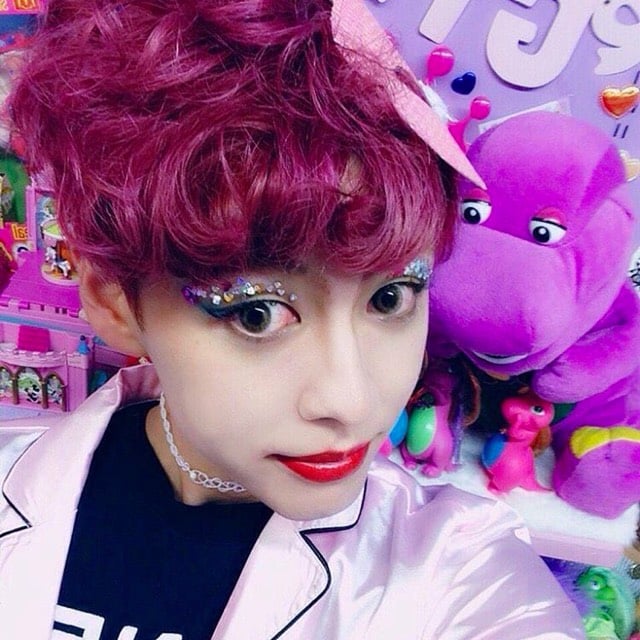10 things to know about Japanese street fashion in 2016
As you can tell from whatever “outfit” I’ve extracted from my closet and placed on my body each morning, I know close to nothing about fashion. But I love reading about it. This piece about circa-2016 fashion trends in Tokyo neighborhood of Harajuku is interesting in many ways. Take the first section on Genderless Kei and Kawaii Boys.

Though the Kawaii Boys’ styles vary, the most popular look is childlike rather than traditionally feminine. These are not crossdressers, most of them are not gay, and they are not trying to look like — or pass as — women. They are specifically aiming for a happy fun Genderless style. That said, none of these new generation of Kawaii Boys are afraid of incorporating traditionally female fashion elements and makeup into their looks.
When I typically think of genderless fashion, I think of someone dressing “in between” the two dominant genders in relatively nondescript drab clothing that leans masculine. So it’s interesting to see the different approach described here…men wearing traditionally feminine clothes to average out as genderless.
As odd as it sounds, Japanese-ness is also making a comeback in Japanese fashion:
Fashion designers may have finally gotten his message, as we’ve never seen as many Japanese characters in street fashion as we did in 2015. The kanji print boom was just one of the many signs that young Japanese creatives are looking inward as well as outward for inspiration.
The classic Japanese sukajan (souvenir jacket) has been ubiquitous on the streets of Harajuku and in vintage shops since the end of summer. As Spring approaches, the low cost trend shops are well stocked with souvenir jackets as well. Influential indie boutique and underground Japanese brands are offering t-shirts, bags, dresses, and accessories printed with messages in kanji, hiragana, and katakana.
The post also delves into economic and city planning territory with sections on tourism and gentrification. (via @moth)





Stay Connected